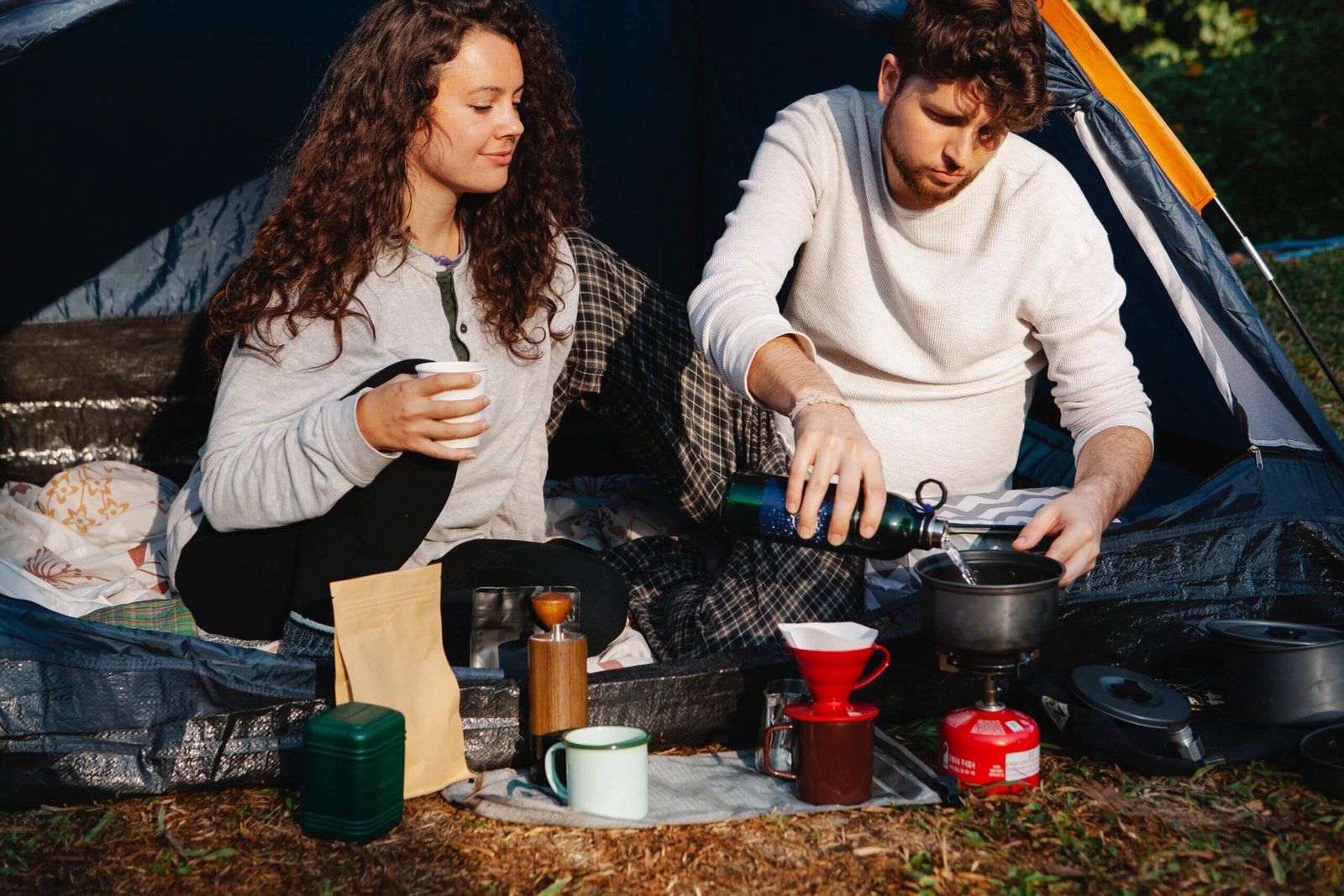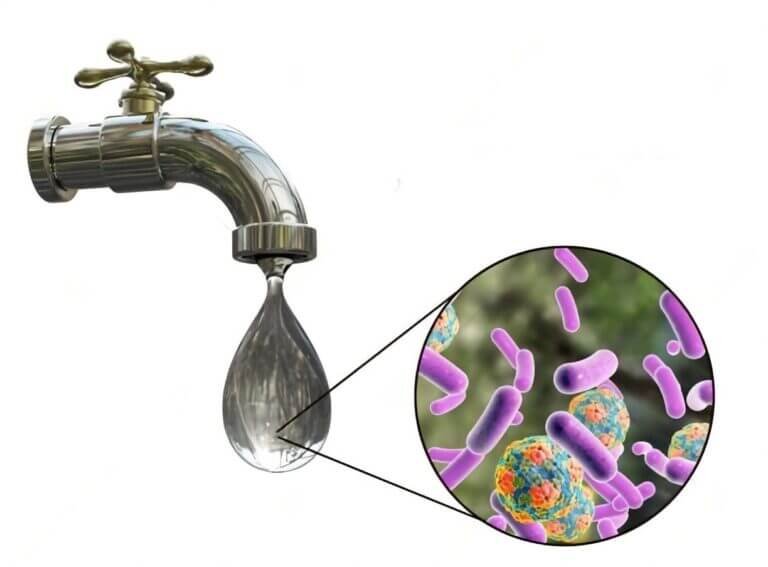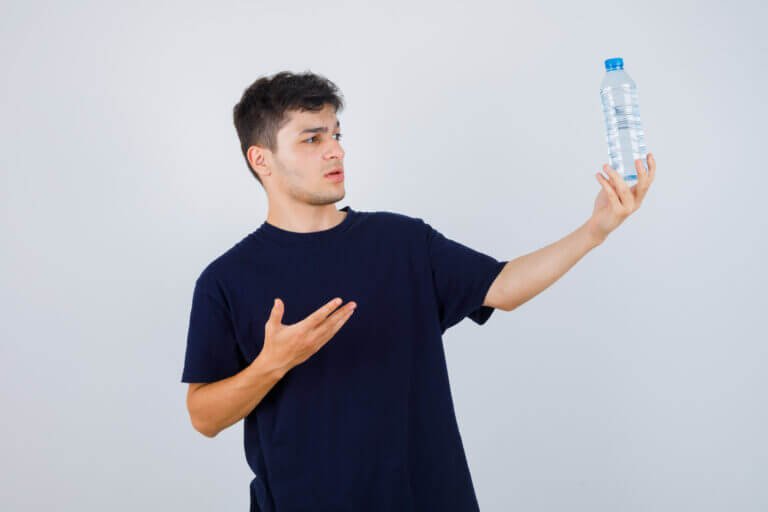How to Filter Water When Going Backpacking or Camping?
Access to clean and safe drinking water is essential, especially when backpacking or camping in remote areas. Natural water sources, such as streams or lakes, can contain harmful pathogens or impurities that can lead to illness. This guide will delve into effective methods to filter water, ensuring that outdoor enthusiasts remain hydrated and healthy throughout their adventures.
1. Gravity Filters
Backpackers traversing distant terrains where obtaining clean water can be difficult have gravitated toward gravitational water filters as their go-to gear in recent years. Their method, which separates polluted sources from purified output using a two-bag system, is deceptively simple yet ingeniously effective. Users begin by pouring unfiltered water into the top bag, and as gravity takes hold, the water is forced through a complex filter, leaving potentially hazardous pollutants behind.
The water that has been cleaned is eventually collected in the bottom bag, where it is made fit for drinking. The capacity of these filters to handle huge amounts of water without requiring the user to exert the physical effort of pumping makes them particularly useful for group expeditions and base camps. This helps to streamline the process of meeting the hydration requirements of numerous people.
2. Pump Filters
Since they have a track record that can be verified, pump filters have been relied upon for a long time by outdoor lovers and explorers as they travel across a variety of settings. The physical extraction of water from natural bodies of water, such as lakes or rivers, is the primary function of the hand pump that lies at the core of its design. After that, this water is forced through a filter that has been painstakingly designed, which ensures that potentially dangerous particles and tiny organisms are eliminated.
Although they require a significant amount of manual labor, the benefits of using them in the purifying process include a high degree of precision and dependability. They are readily transportable and a space-saving alternative for on-the-go hydration because of their tiny shape, allowing them to fit into a backpack easily. Their design further enhances their attractiveness.
3. Ultraviolet (UV) Purifiers
In the quest for clean water while on the move, modern technology has introduced ultraviolet purifiers, a testament to the fusion of science and practicality. These devices, often compact and powered by batteries, harness the power of UV light to effectively neutralize harmful bacteria, viruses, and protozoa that might lurk in untreated water.
For backpackers, the simplicity of the process is a boon; by immersing and stirring the cleaner in water for a set period, most dangerous pathogens are swiftly rendered inert. However, one limitation is their inability to filter out physical particulates, emphasizing the importance of sourcing clear water for treatment. Despite this caveat, their lightweight design and ease of use make them a compelling choice for many outdoor enthusiasts.
4. Chemical Treatments
Trekkers and travelers have long used chemical treatments to purify water quickly and easily. Tablets or drops containing iodine or chlorine dioxide neutralize various dangerous microorganisms in water sources. For convenience and efficiency, these chemicals can give water a distinct flavor that some cannot like. These treatments need patience to ensure water safety by following the prescribed response time from 30 minutes to 4 hours. Despite their slight limitations, the mobility and efficacy of these therapies make them useful in many outdoor situations.
5. Straw or Bottle Filters
Straw or bottle filters are ideal for minimalist and efficient explorers who require water filtration. Designed for direct usage, these gadgets allow users to take water directly from sources like streams or ponds. An inbuilt filtration mechanism rapidly removes dangerous germs and protozoa from water as one drinks via the straw or bottle mouthpiece. Solo travelers or those who need a fast, refreshing drink without the delay of filtering larger amounts would like their instant action. These safe, compact filtration devices keep hydration close at hand.
Conclusion
Ensuring access to clean drinking water during backpacking or camping trips is not just a matter of convenience but a vital aspect of health and safety. With the array of filtering solutions available, adventurers can select a method that best aligns with their needs and preferences. From time-tested pump filters to innovative UV purifiers, obtaining potable water in the wilderness has never been more attainable. As outdoor exploration continues to be a beloved pastime, these water filtration techniques testify to human ingenuity, blending survival instincts with technological advancements.
Author’s Bio:
Jenny Fries, a freelance writer, specializes in writing about technology, business, and health. She offers freelance blogging and content writing for SEO. When she’s not writing, Fries likes to travel, cook, and write vacation plans.







